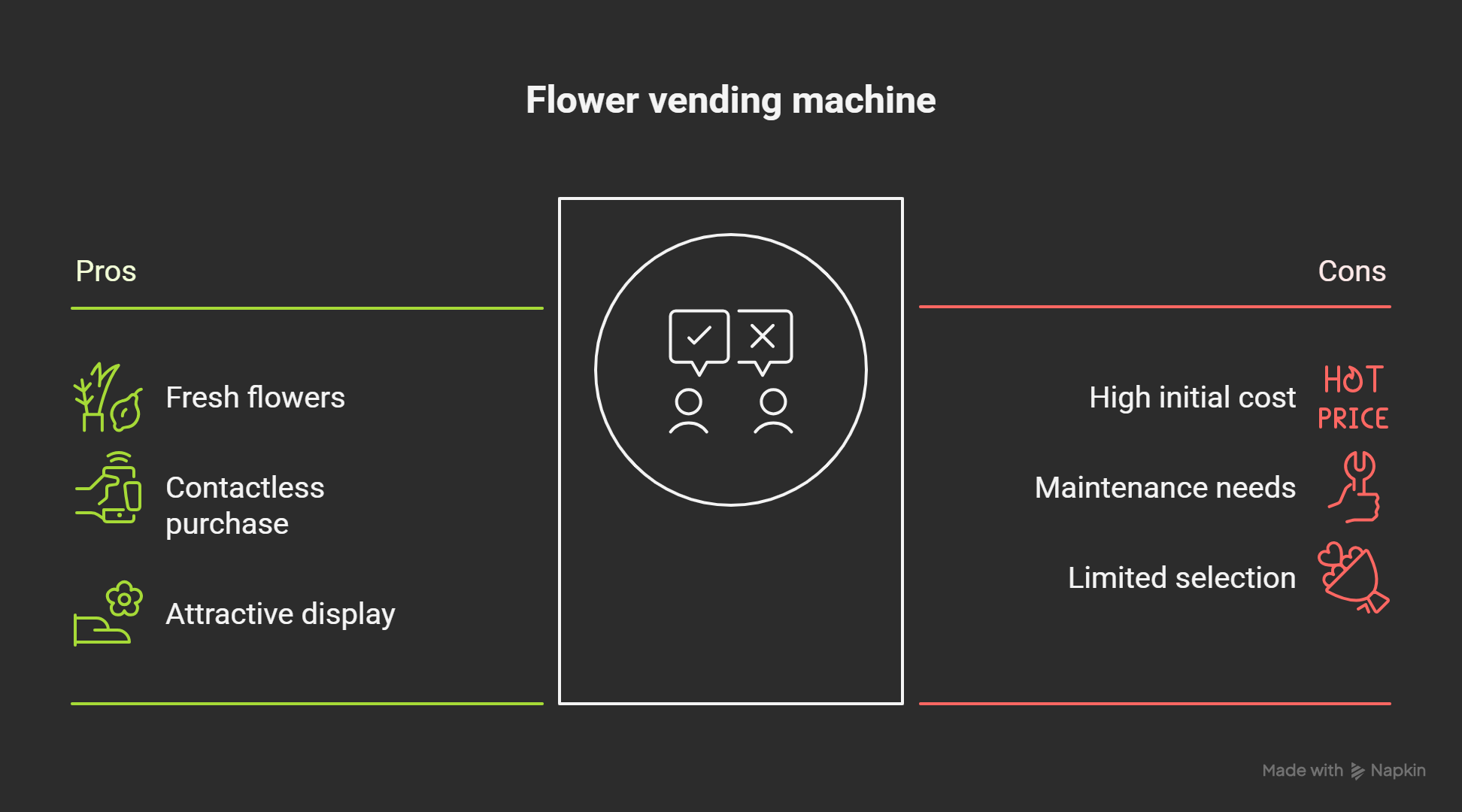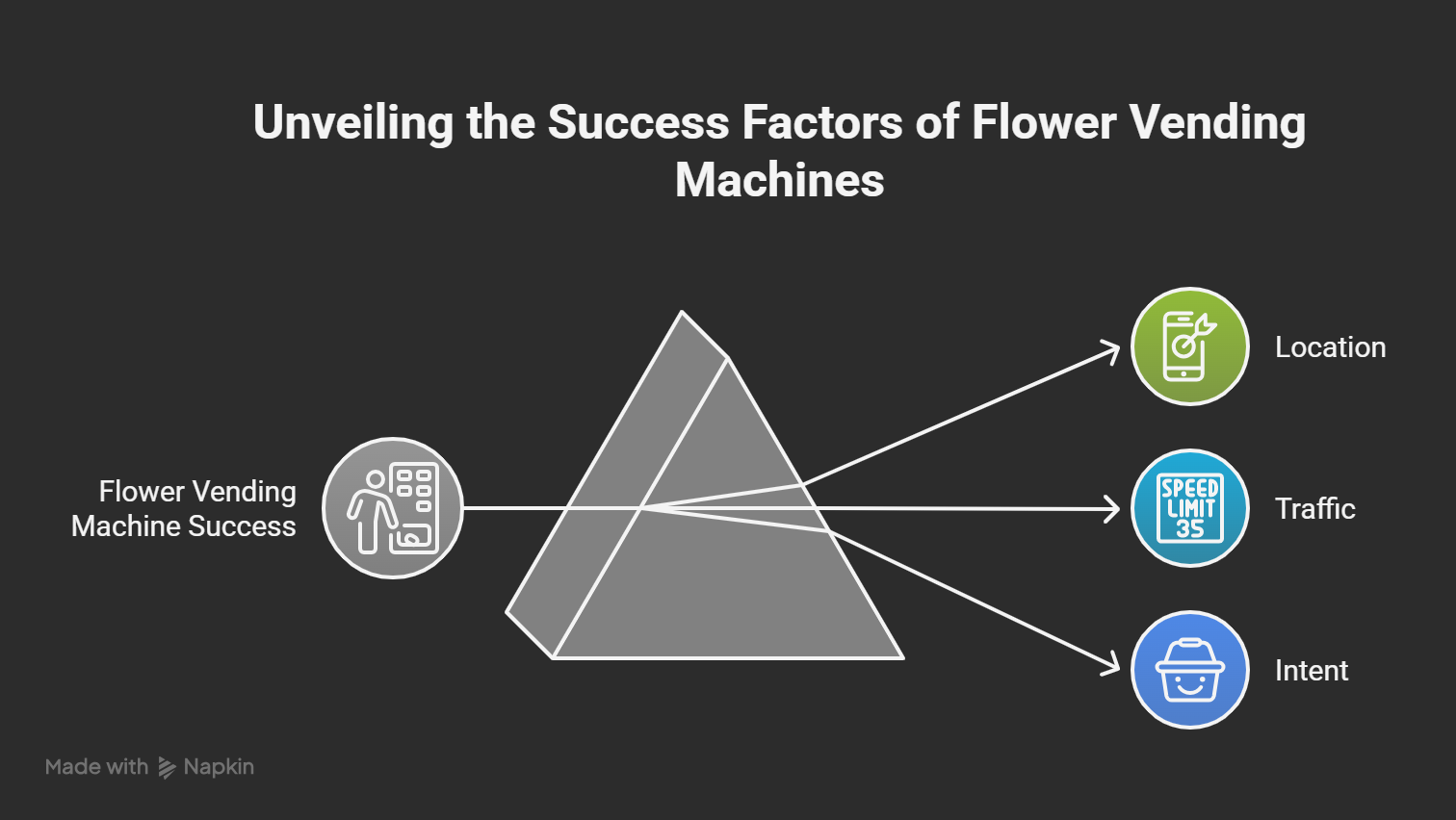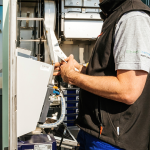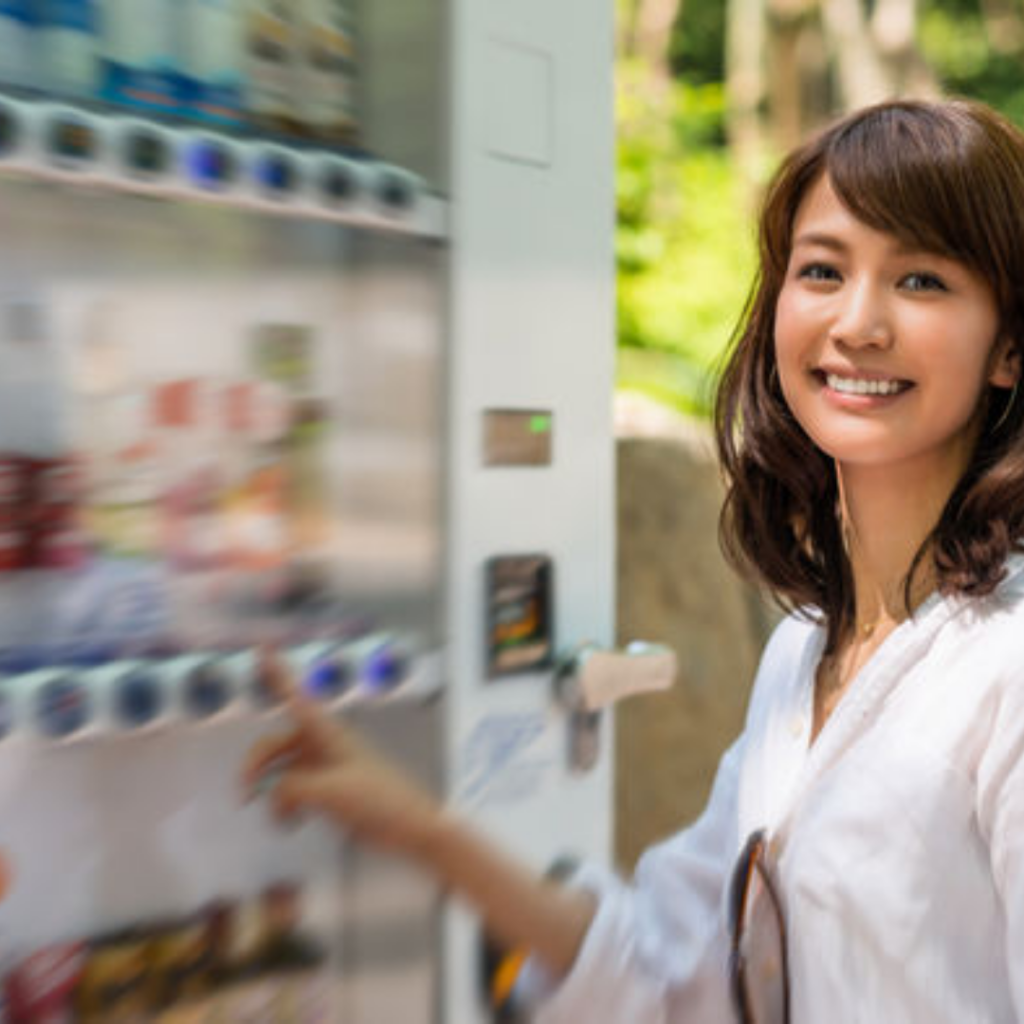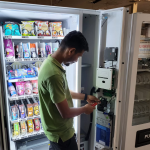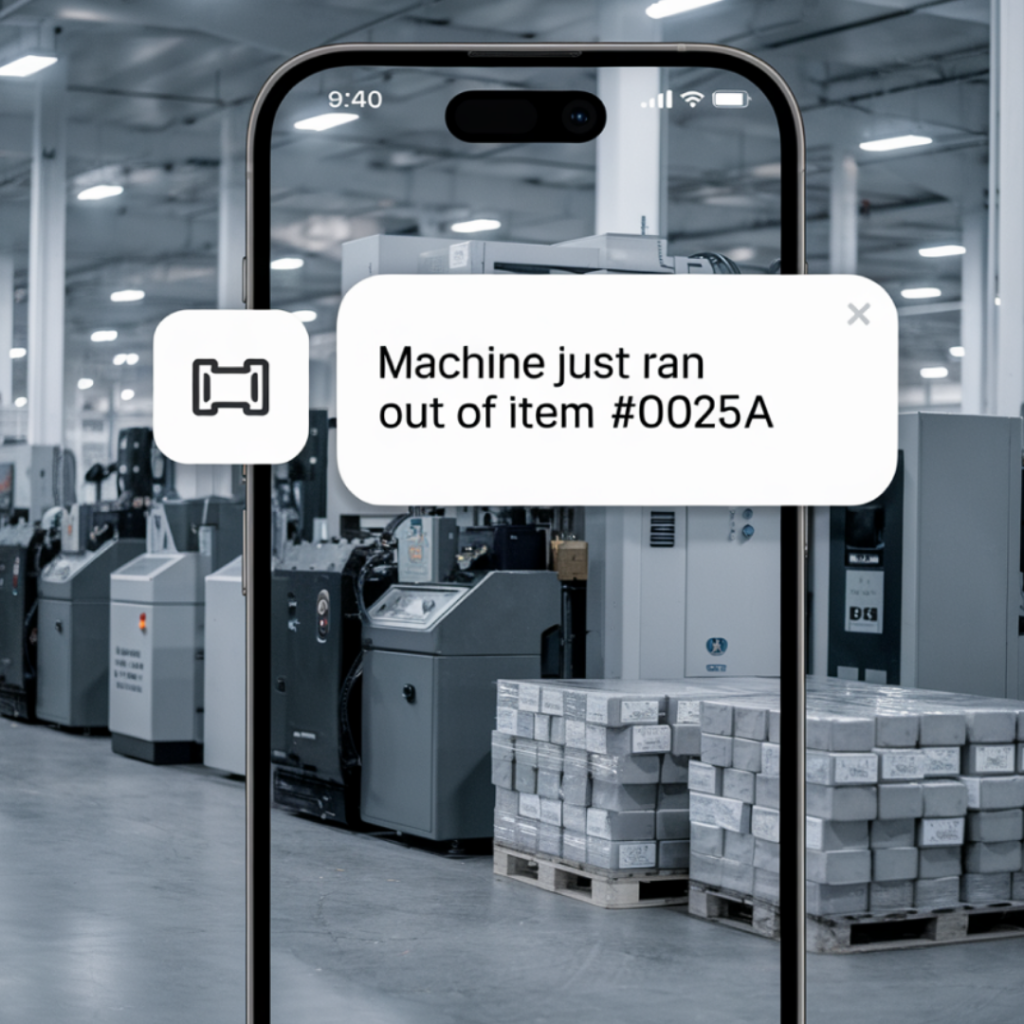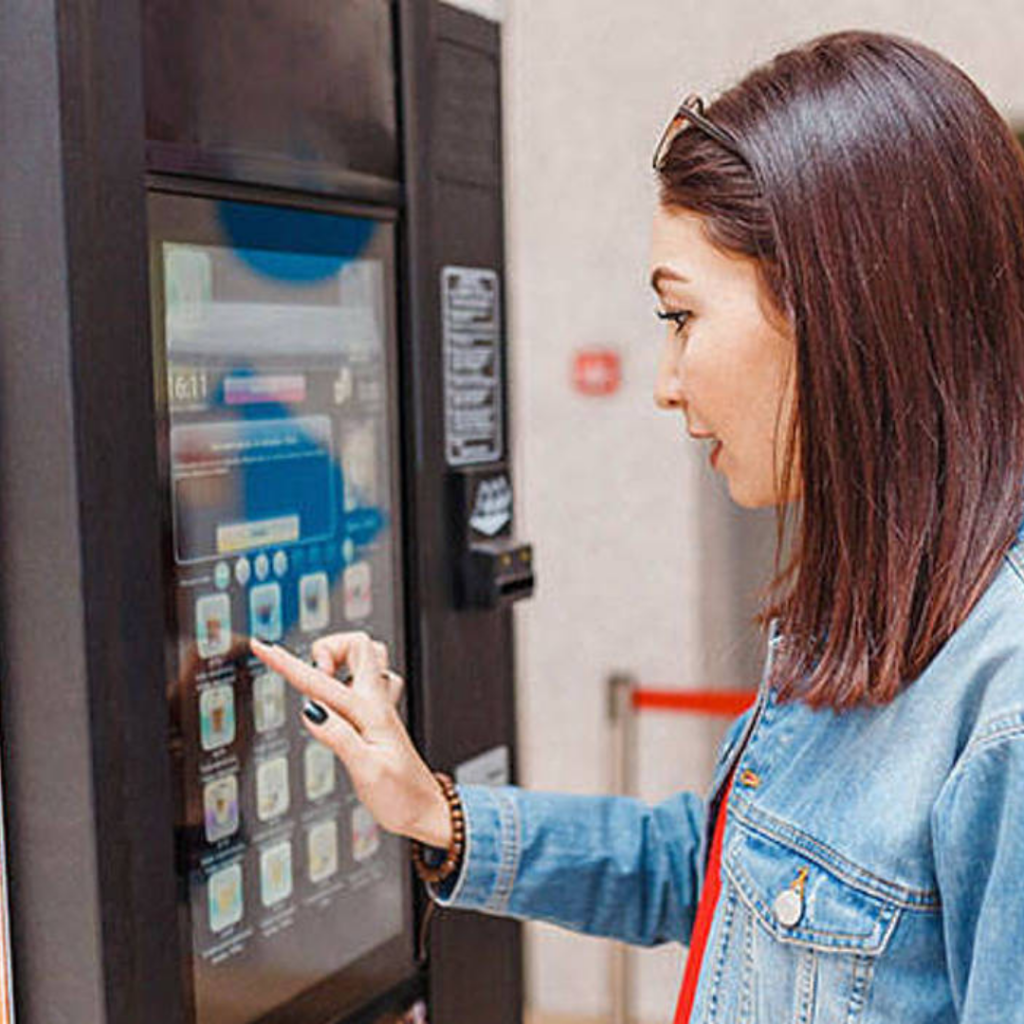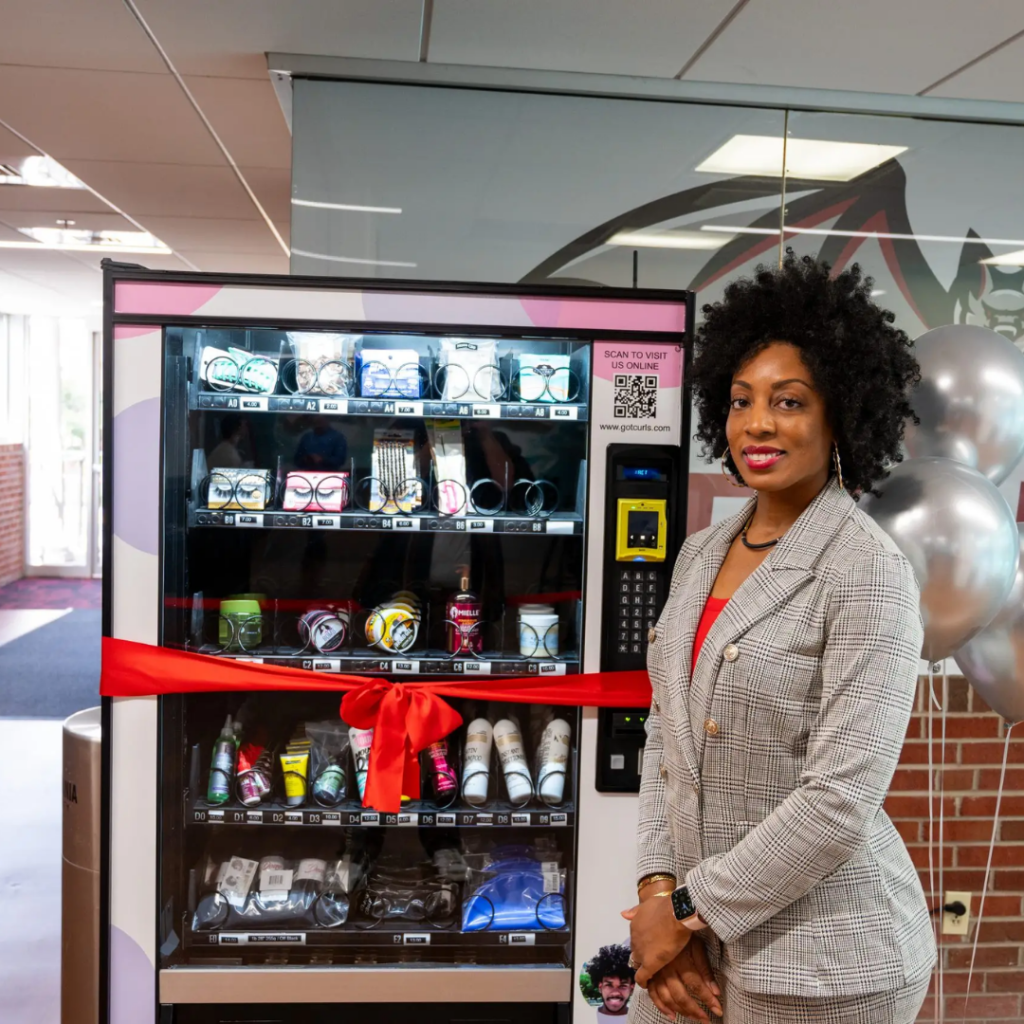Export ready American built machines in stock, shipping from Miami
Are Flower Vending Machines Profitable?
Flower vending machines are becoming one of the most unique additions to the automated retail industry. These compact, refrigerated kiosks sell fresh bouquets in places where traditional shops may not exist, offering customers the convenience of instant gifting any time of day. Whether placed in airports, hospitals, or hotel lobbies, they combine the charm of floristry with the precision of automation.
In this guide, we’ll explain what makes a flower vending machines profitable, how much it costs, where it performs best, and how modern technology like cloud monitoring helps operators maintain freshness and sales efficiency. You’ll also see why this type of speciality vending machine is different from standard snack or drink models, and how new vending machines are built to support floral refrigeration and cashless transactions.
What Is A Flower Vending Machine
A flower vending machine is a refrigerated self-service unit that stores and sells ready-made bouquets, preserved roses, or small arrangements. It’s designed to keep flowers fresh while offering a contactless buying experience. Most models use temperature-controlled shelves, LED lighting for presentation, and a transparent front display to attract walk-by customers. Buyers simply tap their card, choose a bouquet, and collect it instantly.
Unlike standard machines, this vending machine is built for perishable products. It must maintain consistent humidity, airflow, and cooling levels between 36°F and 42°F to prevent flowers from wilting. The goal is to replicate the environment of a florist’s cooler inside a vending format.
- Refrigeration System: Keeps stems hydrated and petals crisp through controlled airflow.
- Automated Dispensing: Uses soft delivery or lift mechanisms to prevent crushing.
- Digital Interface: Touchscreen menus let users browse different bouquet options.
- Remote Monitoring: Cloud access allows operators to track temperature and sales from anywhere.
This makes flower vending one of the most advanced forms of automated retail. When paired with the right location, it turns a perishable product into a consistent revenue stream.
How Much Does A Flower Vending Machine Cost
The cost of a flower vending machine varies based on size, cooling system, and smart technology. On average, prices range between $8,000 and $15,000. Entry-level models focus on basic refrigeration and product display, while advanced new vending machines add card readers, sensors, and 4G connectivity for real-time performance tracking.
Below is a simple cost breakdown showing how features influence pricing:
| Feature | Purpose | Impact On Cost |
|---|---|---|
| Cooling System | Keeps flowers fresh and hydrated | Higher-quality compressors increase durability and energy efficiency |
| Digital Screen Interface | Improves user experience and allows upselling | Increases cost by 10–15% |
| Card Reader Compatibility | Enables tap, chip, or mobile payments | Essential for cashless environments |
| Cloud Monitoring | Tracks temperature, inventory, and alerts remotely | Included in most new vending machines above $10,000 |
Maintenance costs are low compared to traditional retail since there’s no need for full-time staff. The main ongoing expenses are restocking, flower waste control, cleaning, and minor servicing. Operators often break even within 12–18 months depending on placement and traffic flow.
Where Flower Vending Machines Work Best
The success of a flower vending machine depends heavily on where it’s placed. Like all automated retail, traffic and intent are key. The best-performing locations combine steady footfall with emotional or time-sensitive buying moments. Think of spots where people want to gift, celebrate, or show appreciation without visiting a florist.
- Hospitals: Visitors often buy get-well or congratulatory bouquets. These machines perform well in lobbies and near gift shops.
- Airports: Travelers buy flowers before departures or upon arrival. The high foot traffic justifies premium bouquet pricing.
- Hotels: Guests purchase flowers for anniversaries or events. A well-placed speciality vending machine in the lobby can bring daily revenue.
- Universities: Flower vending thrives around graduation season and event centers, with periodic bursts of sales.
- Office Complexes: Employees and clients buy bouquets for birthdays, farewells, or spontaneous gifts.
- Memorial Parks and Cemeteries: Consistent weekend sales make these reliable year-round spots.
Indoor locations with climate control outperform outdoor ones, as stable temperature and humidity protect the flowers and machinery. If outdoor placement is necessary, it’s worth investing in weather-sealed new vending machines designed for temperature stability and vandal resistance.
Matching Location To Demand
Each site type brings its own rhythm of sales. High-traffic venues such as airports and hospitals can generate constant turnover, while seasonal spots like universities or event halls create bursts of high profit. Smart operators often rotate machines between seasonal sites throughout the year to keep utilization high.
| Location Type | Average Daily Sales | Average Price Per Bouquet | Profit Potential |
|---|---|---|---|
| Hospital Lobby | 15–25 bouquets | $20–$30 | High, steady sales all week |
| Airport Concourse | 25–35 bouquets | $25–$35 | Excellent due to 24/7 exposure |
| University Campus | 10–15 bouquets | $18–$25 | Medium, with strong spikes during events |
| Hotel Lobby | 8–12 bouquets | $22–$28 | Moderate, consistent weekend sales |
Even a single well-placed machine can bring in $4,000 to $8,000 monthly revenue with proper rotation and restocking discipline. Operators often combine flower vending with other speciality vending machine types, such as snack or skincare vending, to optimize space and power use.
Profit Margins And Revenue Breakdown
Profitability for flower vending comes from balancing price, freshness, and waste control. Unlike snacks, flowers expire quickly, so turnover rate matters more than markup. On average, operators maintain a gross margin between 55% and 65% per bouquet, depending on sourcing and presentation.
Here’s a quick snapshot of common profit structures:
| Scenario | Average Price | Cost Per Unit | Gross Margin | Daily Units Sold | Monthly Net Profit |
|---|---|---|---|---|---|
| Moderate Office Complex | $20 | $9 | 55% | 10–15 | $1,200–$2,000 |
| Hospital Lobby | $25 | $10 | 60% | 20–25 | $3,000–$4,000 |
| Airport Concourse | $30 | $12 | 60% | 30+ | $4,000–$6,500 |
Machines that maintain consistent temperature and use efficient inventory tracking—features standard in new vending machines—reduce waste and keep returns predictable. Many modern units can send live alerts when bouquets near expiration, allowing operators to apply small discounts and recover value before spoilage.
Challenges And Risk Factors
Running a flower vending business has unique challenges that differ from other vending categories. Flowers are delicate, time-sensitive, and need constant cooling to stay fresh. A single day of missed temperature control can reduce both appearance and value. Understanding these risks early helps operators manage costs and keep profits steady.
- Perishability: Flowers have a short shelf life. Rotate stock daily and track expiration through cloud monitoring systems available in most new vending machines.
- Cooling Requirements: If refrigeration fails, the entire batch may spoil. Always choose a speciality vending machine with reliable compressors and temperature alerts.
- Seasonal Demand: Sales rise sharply during holidays but may dip at other times. Use events and promotions to balance revenue throughout the year.
- Maintenance: Regular cleaning, lighting checks, and ventilation upkeep are required to keep flowers looking attractive.
- Location Dependency: A low-traffic site can cut profits drastically. Move or rotate underperforming machines after a trial period.
Most operators who succeed use smart systems to track both temperature and sales in real time. This allows them to identify trends, fix small issues fast, and ensure the flower vending machine stays appealing to customers.
How To Maximize Profitability
Profit in flower vending comes from balancing efficiency with presentation. The goal is to make every bouquet look fresh and inviting while keeping waste to a minimum. Here are some proven methods used by successful operators.
- Pick The Right Location: Always choose indoor sites with climate control. Hospitals, airports, and hotels consistently outperform open-air spots.
- Use Tiered Pricing: Offer three bouquet types such as standard, deluxe, and premium. This helps attract both budget buyers and those willing to spend more.
- Smart Restocking: Rotate stock daily and monitor freshness using digital logs or sensors built into new vending machines.
- Reduce Waste: Apply markdowns before flowers expire. A small discount is better than total loss.
- Engaging Display: Keep lighting bright, use clear pricing, and position popular colors at eye level.
- Maintenance Routine: Clean glass panels, replace faded labels, and inspect cooling vents weekly to prevent failures.
Many operators also partner with local florists for wholesale sourcing. This reduces shipping time, improves quality, and creates flexibility for daily refills. Consistency in presentation builds customer trust, turning one-time buyers into repeat customers who rely on your vending unit for quick gifts.
Realistic ROI Expectations
Flower vending machines can generate strong returns if managed with care. Profitability depends on three things: the right location, a reliable refrigerated unit, and tight control over waste. Most operators reach break-even between 12 and 18 months, with monthly profits ranging from $1,500 to $6,000 depending on traffic and pricing strategy.
Here’s a basic ROI breakdown that shows how cost, sales, and margins connect:
| Placement Type | Average Setup Cost | Monthly Sales | Gross Margin | Estimated Net Profit | Payback Period |
|---|---|---|---|---|---|
| Office Building | $9,000 | $4,000 | 55% | $1,500 | 12–15 months |
| Hospital Lobby | $10,500 | $6,500 | 60% | $2,500–$3,000 | 10–12 months |
| Airport Terminal | $12,000 | $8,000 | 65% | $3,500–$4,500 | 8–10 months |
Operators who invest in new vending machines with advanced cooling and smart monitoring systems often recover their investment faster. These machines track temperature, humidity, and inventory in real time, reducing waste and improving product turnover.
Conclusion
Flower vending machines are a smart way to blend automation with emotional, last-minute gifting. They work best in high-traffic indoor locations like hospitals, airports, and hotels, where customers value speed and presentation. A well-managed flower vending machine can earn steady income year-round, especially when paired with strong refrigeration and clear pricing strategy.
Operators looking for an edge can explore speciality vending machine options that are built for delicate goods and freshness tracking. Investing in new vending machines with smart cooling and cloud systems creates long-term reliability, higher margins, and a professional customer experience that keeps sales consistent every week.

